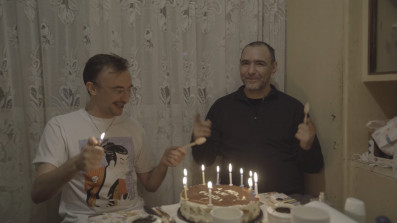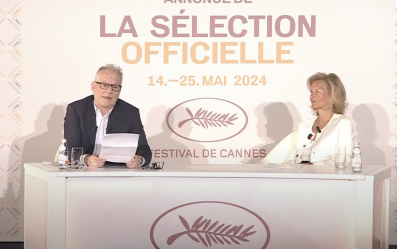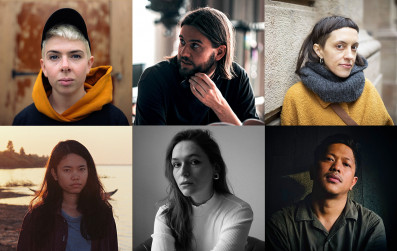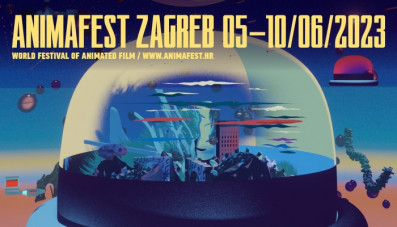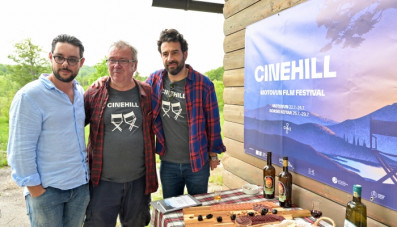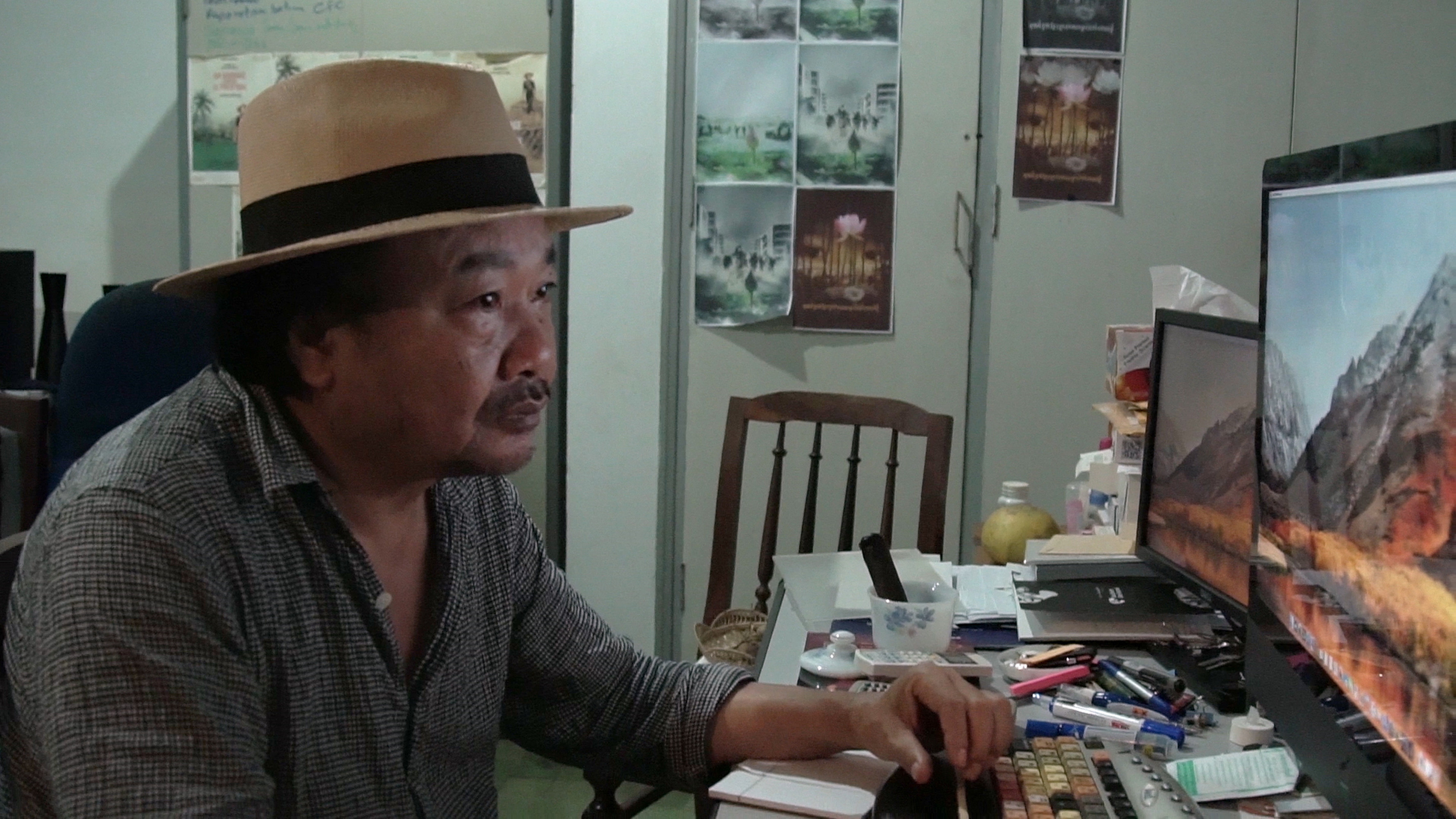
Life in 24 Frames a Second: review - Opening the window into the world of Asian cinema
New documentary focuses on Rithy Panh, John Woo, Anurag Kashyap and Lav Diaz - and their incredible origin stories
Life in 24 Frames a Second opens a window into the world of four of Asia most acclaimed directors, presenting Oscar-nominated Cambodian Rithy Panh, Hong Kong action master John Woo, India’s prolific Anurag Kashyap and Philippine auteur Lav Diaz with the opportunity to recount very personal tales of extreme poverty, illness, sexual abuse, genocide and civil war.
None of these stories are easy but for an audience outside Asia, the film provides often-gripping insights into what made these filmmakers the creative forces they continue to be today. It made its world premiere at the 23rd Far East Film Festival, which staged a pandemic-enforced hybrid edition this year, finishing on July 2.
FEFF sees itself as a champion of Asian cinema – and Asian filmmakers – and if these particular histories are like a blank canvas to those in the audience, then this made-for-charity documentary will have moments that touch your heart – and maybe even inspire. That was Malaysian director Saw Tiong Guan’s motivation coming in but even those more familiar with their stories will find moments of surprise.
Woo’s story is a snapshot of Hong Kong history over the past five decades. As a master of hard-core Hong Kong action films (A Better Tomorrow) who made his way to Hollywood (Mission: Impossible 2), it might be hard to imagine a childhood full of suffering from illnesses that almost took his life. Told there was no hope in saving the boy, Woo’s father replied: “This is my son, he will be a genius in the future. No matter what, we must save him.”
He was right. And Woo says the lesson learned was: “We must be strong, determined and never give up.” He reveals that mindset carried over to the heroes he has portrayed in his films, saying his motive is revealed thus.“ There’s a line in A Better Tomorrow that goes "I will never let people point their gun to my head’.”
The three other origin stories showed are similarly moving. Panh (The Missing Picture) survived the Cambodian genocide during the rule of the Khmer Rouge and watched as his family members passed away, one by one. Kashyap (Gangs of Wasseypur) reveals the sexual abuse he suffered as a child. Diaz – famed for epics such as the Venice Golden Lion-winning The Woman Who Left (2016)- shares the trauma of seeing bombs strike his school during the reign of the infamous dictator Ferdinand Marcos.
The Kuala Lumpur-based Saw is a lawyer by profession and a law professor now by trade. In his spare time, he makes films, and he has trained his cameras on directors before. In 2013, the Malaysian sat down with the Taiwanese Second New Wave’s Tsai Ming-liang for Past Present (2013), about Tsai’s early days in Malaysia. Three years later, there was another film made for charity in Wind (2016), which delved into the journey of Australian-born, Hong Kong-based cinematographer Christopher Doyle, noted for his work with Wong Kar-wai (Chungking Express and In the Mood for Love).
In Life in 24 Frames a Second, Saw has similarly dug into his subjects’ work and slips in relevant clips to echo their words. But this time he also reveals the trauma shadowing their work over the years. It seems as though filmmaking has helped treat their wounds while also giving them an opportunity to reflect on what they have lived through.
As Diaz says: “I don’t want to just make movies. You see another universe, and then you reflect on your own existence.”
Written by: Sakura IP
Sakura Ip attended the Far East Film Festival’s Campus programme for aspiring film writers and critics



